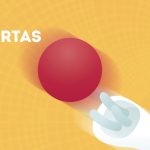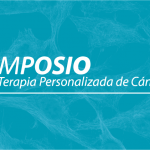

Scientific computing designs and implements new efficient algorithms for operations of pattern recognition and intelligent systems support applied in scientific problems. In RISE, we solve complex computational problems, with the help of numerical methods, algorithmic methods, distributed and parallel computing and scientific visualization for data exploration.
Through a cluster it is possible to distribute the task of processing data between multiple computers, reducing processing time dramatically. Among the proposed projects is the analysis of high-resolution video, simulation of nonlinear models and evaluation of machine learning methods.
![]()
Simulation of nonlinear models
___
Simulation models that adequately represent a complete response in all possible conditions in gait analysis and human movement, taking into account variables such as height, starting position, arm travel, joint angle and order of joints tilting.
![]()
Machine learning methods
___
From the combination of genetic algorithms, which consist of modeling the process of evolution of populations from certain metrics and algorithms of neural networks, which are an abstraction that allows you to create a model of a brain, it is possible to design neural networks capable to evolve over time to adapt and solve a given problem.
![]()
Video analysis
___
Spatial and temporal segmentation for qualitative and quantitative analysis and semantic interpretation of high resolution video.
MEMBERS
_____
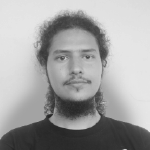
Willy Villalobos Marrero
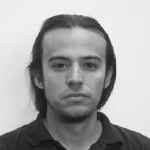
Emmanuel Vargas Blanco
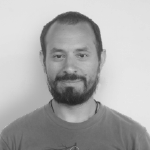
Ing. Marco Villalta Fallas



